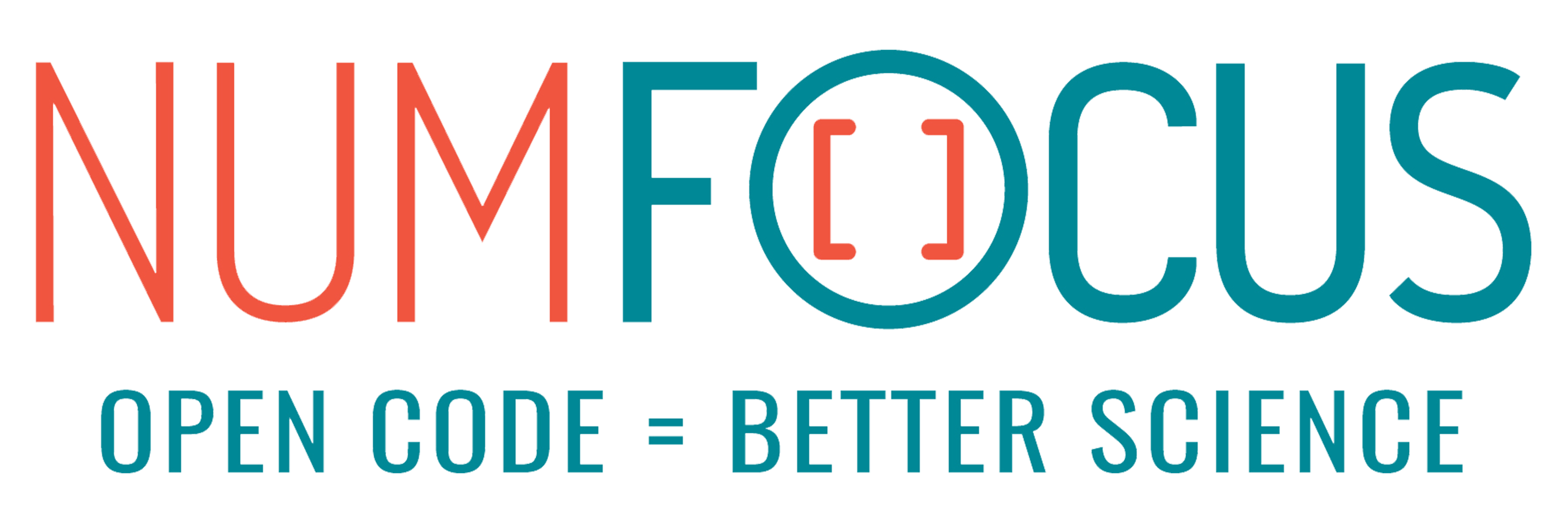Scirpy is a package to analyse T cell receptor (TCR) or B cell receptor (BCR) repertoires from single-cell RNA sequencing (scRNA-seq) data in Python. It seamlessly integrates with scanpy and mudata and provides various modules for data import, analysis and visualization.
Scirpy is part of the scverse project (website, governance) and is fiscally sponsored by NumFOCUS. Please consider making a tax-deductible donation to help the project pay for developer time, professional services, travel, workshops, and a variety of other needs.

Please refer to the documentation. In particular, the
- Tutorial, and the
- API documentation.
You need to have Python 3.9 or newer installed on your system. If you don't have Python installed, we recommend installing Mambaforge.
There are several alternative options to install scirpy:
-
Install the latest release of
scirpyfrom PyPI:pip install scirpy
-
Get it from Bioconda:
First setup conda channels as described here. Then install scirpy:
conda install scirpy
-
Install the latest development version:
pip install git+https://github.com/scverse/scirpy.git@main
-
Run it in a container using Docker or Podman:
docker pull quay.io/biocontainers/scirpy:<tag>
where tag is one of these tags.
See the changelog.
We are happy to assist with problems when using scirpy.
- If you need help with scirpy or have questions regarding single-cell immune-cell receptor analysis in general, please join us in the scverse discourse.
- For bug report or feature requests, please use the issue tracker.
We try to respond within two working days, however fixing bugs or implementing new features can take substantially longer, depending on the availability of our developers.
If you use scirpy in your work, please cite the scirpy
publication as follows:
Scirpy: A Scanpy extension for analyzing single-cell T-cell receptor sequencing data
Gregor Sturm, Tamas Szabo, Georgios Fotakis, Marlene Haider, Dietmar Rieder, Zlatko Trajanoski, Francesca Finotello
Bioinformatics 2020 Sep 15. doi: 10.1093/bioinformatics/btaa611.
You can cite the scverse publication as follows:
The scverse project provides a computational ecosystem for single-cell omics data analysis
Isaac Virshup, Danila Bredikhin, Lukas Heumos, Giovanni Palla, Gregor Sturm, Adam Gayoso, Ilia Kats, Mikaela Koutrouli, Scverse Community, Bonnie Berger, Dana Pe’er, Aviv Regev, Sarah A. Teichmann, Francesca Finotello, F. Alexander Wolf, Nir Yosef, Oliver Stegle & Fabian J. Theis
Nat Biotechnol. 2023 Apr 10. doi: 10.1038/s41587-023-01733-8.









